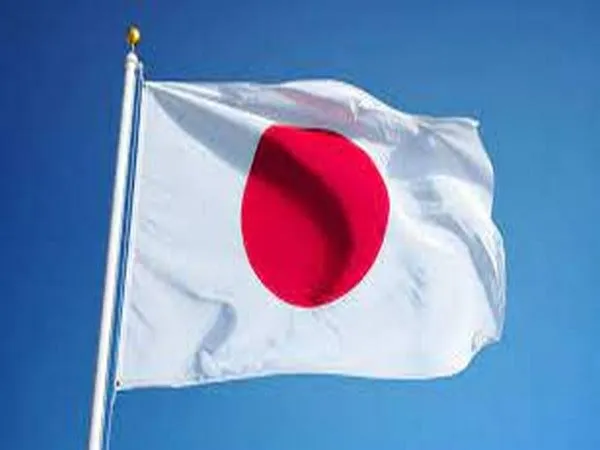
Something remarkable is happening in Japan.
But if you dig deeper, and you'll see a financial revolution quietly gaining speed, this could rewrite Japan’s economic story.
Books about investing are popular on bookstore shelves, more ads about stock seminars on commuter trains, and a sudden flood of financial influencers guiding viewers on wealth-building.
For decades, Japan was famously cautious with money.
The 1980s asset bubble had conditioned an entire generation to seek safety in savings.
Even as interest rates stayed low and inflation barely existed, Japanese households continued to pile their wealth into bank accounts, rather than risk it in the stock market.
By the end of 2023, the numbers painted a clear picture
over half of all household financial assets (¥1,128 trillion), or about $7.6 trillion sat in cash or bank deposits.
For comparison, British savers hold less than a third of their assets in cash.
In America, it’s just an eighth. Japanese people were clearly holding back the tide of investment that fuels economic growth.
Around January 2024, Japan’s government rebooted the NISA (Nippon Individual Savings Account) scheme, a tax-free investing initiative inspired by Britain’s ISAs.
The goal was simple get everyday people to stop hoarding cash and start putting it to work in the markets.
But even optimistic officials couldn’t have predicted what would happen next.
In just over a year, over 5 million new NISA accounts have been opened. The total assets under management surged to ¥59 trillion three years ahead of schedule.
In a country where financial conservatism was once a cultural norm, this was nothing short of a revolution.
The initiative has sparked conversations around dinner tables and in subway cars.
Young professionals, retirees, and even middle-aged workers are asking the same question: “Why am I letting my money sleep?”
The enthusiasm isn’t just limited to the young. Influencers like Ponchiyo, a 31-year-old YouTuber with nearly half a million subscribers, have become trusted voices for a new generation of retail investors.
But the movement is cutting across age brackets. Retirees, once wary of risk, are now curious about dividend stocks and index funds.
As one seminar participant in Tokyo recently remarked, “I used to think the stock market was gambling. Now I see it’s just another tool.”
Why It Matters
This is a turning point for Japan because If more citizens invest, companies can raise capital more easily.
If households diversify beyond cash, the economy becomes more resilient.
And if this appetite for risk endures, it could push Japan closer to sustained growth and finally end the long, grey era of economic hesitation.
Kishida Fumio, the former prime minister, put it plainly: “Japan is at a turning point.” And he’s right.
What’s happening now isn’t just a change in financial behavior. It’s a cultural shift. A test of whether Japan can evolve from a society of savers into one of investors without losing the caution that has kept it stable for so long.
Skeptics warn of the risks because investing isn’t a guaranteed path to wealth.
The stock market can fall just as quickly as it rises. And financial literacy still lags behind the enthusiasm in some corners.
But the conversation has begun, and momentum is building. Whether through YouTube tutorials, investment books, or quiet discussions in family living rooms, Japan is rediscovering the idea that money, like people, should have purpose and potential.